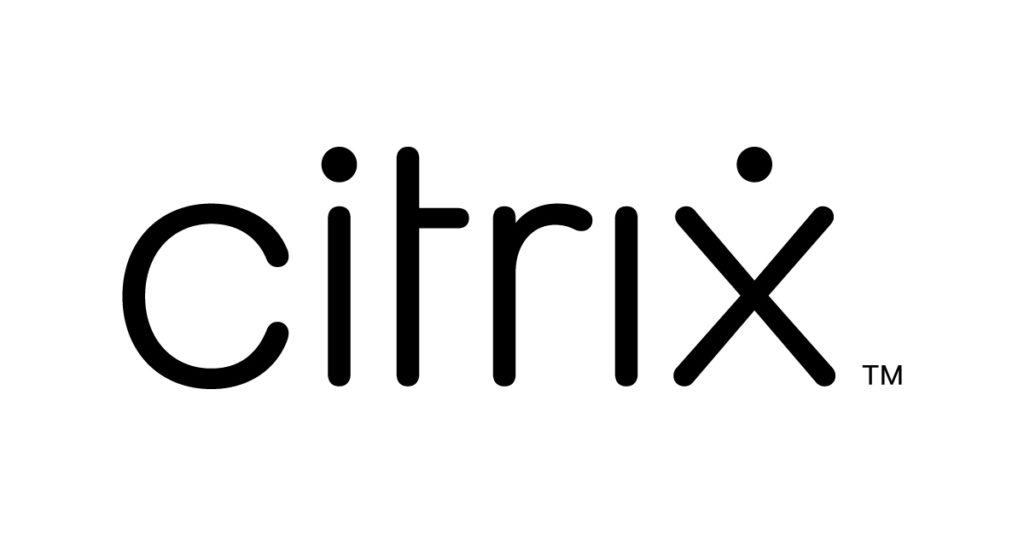

Using App Volumes does come with some challenges, especially when you use writable volumes in a multi-cluster or multi-site environment. With writable volumes, the user gets a persistent desktop experience and the IT administrator gets the advantages of managing nonpersistent desktops. App Volumes also supports user profiles and user-installed applications by attaching writable volumes at logon.


To the end user, applications perform as if natively installed. On the first two desktops, users only have access to applications in AppStack A, while users logged on to the third virtual desktop have access to applications in AppStack A and B. Users are logged on to all three desktops. In the following example, you see three virtual desktops. Read-only virtual disks called AppStacks store applications and administrators can instantly attach these AppStacks to individual or groups of virtual desktops, published application servers, or users with the click of a button. With App Volumes, IT can deliver or upgrade applications to virtual desktops and published application environments in seconds and at scale. VMware App Volumes provides faster application delivery and management while reducing demands on IT management.

Read on to learn how running VMware App Volumes on Nutanix improves availability and performance. For example, when you use VMware Horizon as your virtual desktop infrastructure (VDI) solution, you could use all three methods: install applications in the gold image, deliver applications using ThinApp (application virtualization), and use App Volumes (application layering) on top of those. Often, organizations use a combination of these methods. One of the components of end-user computing is application management and delivery: How do you get applications to your users? How do you update the applications? How do you remove applications when users don’t need them anymore? In the context of nonpersistent virtual desktops, there are a couple of methods for managing and delivering applications:Įach method has advantages and disadvantages.


 0 kommentar(er)
0 kommentar(er)
